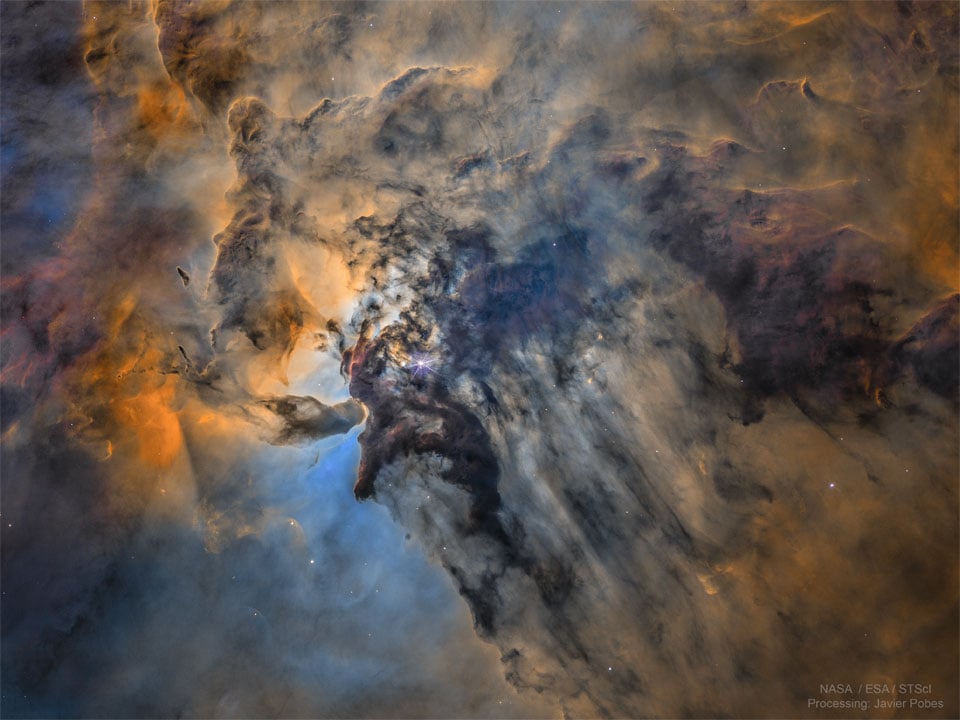this post was submitted on 18 Mar 2025
188 points (99.5% liked)
Space
10166 readers
191 users here now
Share & discuss informative content on: Astrophysics, Cosmology, Space Exploration, Planetary Science and Astrobiology.
Rules
- Be respectful and inclusive.
- No harassment, hate speech, or trolling.
- Engage in constructive discussions.
- Share relevant content.
- Follow guidelines and moderators' instructions.
- Use appropriate language and tone.
- Report violations.
- Foster a continuous learning environment.
Picture of the Day
 The Busy Center of the Lagoon Nebula
The Busy Center of the Lagoon Nebula
Related Communities
🔭 Science
- !astronomy@mander.xyz
- !curiosityrover@lemmy.world
- !earthscience@mander.xyz
- !esa@feddit.nl
- !nasa@lemmy.world
- !perseverancerover@lemmy.world
- !physics@mander.xyz
- !space@beehaw.org
- !space@lemmy.world
🚀 Engineering
🌌 Art and Photography
Other Cool Links
founded 2 years ago
MODERATORS
you are viewing a single comment's thread
view the rest of the comments
view the rest of the comments

Image A: HR 8799 (NIRCam Image) ...
Picture caption ...
People are complaining about the blurriness, but I'm old and this picture is astonishing.
Jesus, even just like, 10 years ago, this would have been like, two blue pixels. If anything at all, lol.
Those of us complaining about the blurriness are doing so tongue-in-cheek. Of course the fact that they are able to take ~~visible light~~ photos of exoplanets is a huge feat.
Might want to include a "/s" next time, if its in jest.
~This~ ~comment~ ~is~ ~licensed~ ~under~ ~CC~ ~BY-NC-SA~ ~4.0~
I think it's pretty obvious when I said they should turn on auto-stabilization. Lmao.
You can't stabilize a planet in another solar system
Apparently not, since you had to specify with a follow-up comment. 🤷
These days people assume its just a bad AI comment, so its good to be explicit about it.
~This~ ~comment~ ~is~ ~licensed~ ~under~ ~CC~ ~BY-NC-SA~ ~4.0~
I too, thought it was obvious. I don't think we need to put /s after every sarcastic remark.
Not actually, since stabilizers are used in astronomy, and people can't see your facial gestures to help judge what you're saying, human nature and all that.
I think the issue was judging if it was sarcastic or not in the first place.
For sure you thought in your mind it was, but did it come out on the electronic page that way, for others to read?
But, it's your communication time, you do you. 🤷♂️
~This~ ~comment~ ~is~ ~licensed~ ~under~ ~CC~ ~BY-NC-SA~ ~4.0~
this is the most reddit conversation I've had on lemmy so far
See, now that comment could or could not maybe use a /s . 😜
~This~ ~comment~ ~is~ ~licensed~ ~under~ ~CC~ ~BY-NC-SA~ ~4.0~
it wasn't /s
Apparently. /s
That's nuts.
No!! They're planets circling around a sun!
That's crazy,so much color made it all the way over here, crazy..
From the picture caption ...
Ah, thanks!
Your, welcome! 😜
~This~ ~comment~ ~is~ ~licensed~ ~under~ ~CC~ ~BY-NC-SA~ ~4.0~